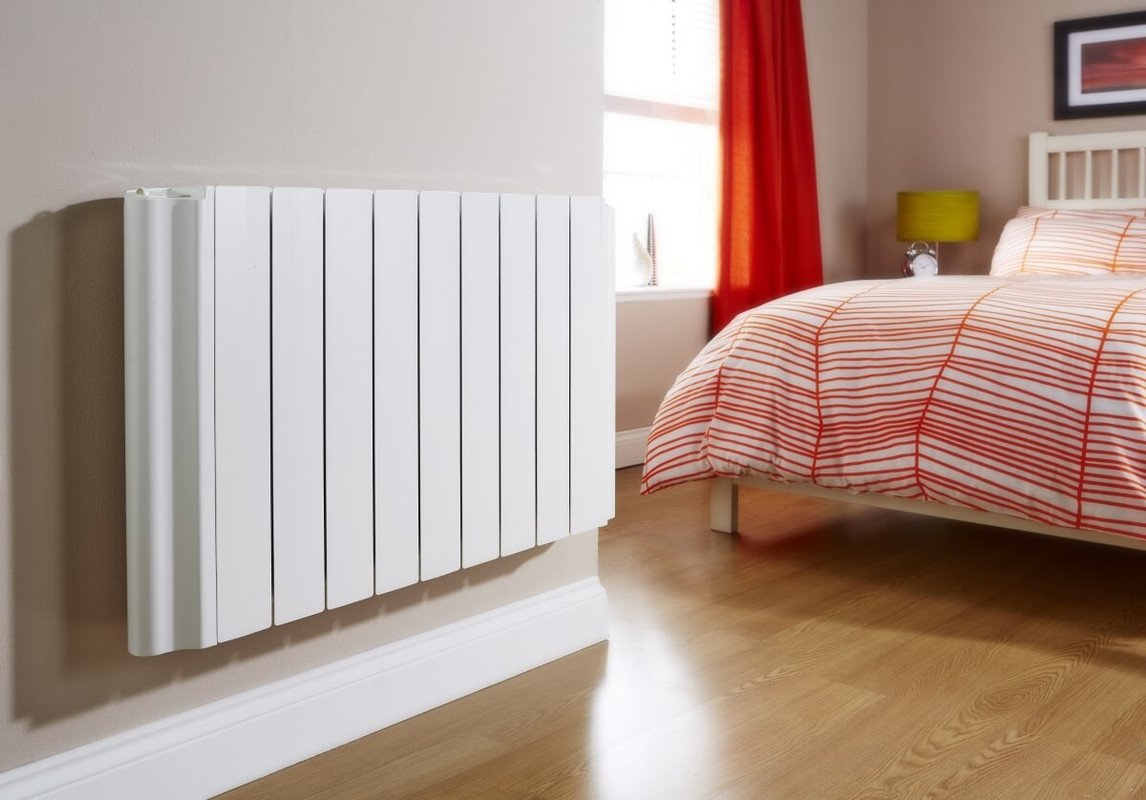Cooling 101 - How Central Air Conditioning Systems OperatePosted by Lippard on April 3rd, 2021
Can you think of life without air conditioning? Sweltering heat waves that can melt the rubber on your shoes, prepare an egg on the dashboard of your vehicle, and make it almost impossible to have an excellent night's rest-- sounds miserable! Let's face it, life without A/C wouldn't be the same. Did you understand, that before the 20th century, ice was actually harvested for refrigeration? It was cut into 1-ton blocks, provided throughout the country and utilized in 'ice-boxes' to keep food fresh. The good news is today, refrigeration has actually been considerably improved because its intro in 1834. By understanding how your home's A/C system works, you'll have the ability to make it run better and longer, and if it ought to break throughout the pet days of summer season, more confident finding a replacement. What is Central Air Conditioning? Considering that the 1960s, main air conditioning systems have actually been the most common style of cooling in America. Finest characterized by the condenser unit outside and ducts bring cool air throughout the house, a main air conditioning is sometimes referred to as a "split-system" because the indoor and outdoor parts are separated. How It Works Comparable to how a sponge takes in water, central air conditioning conditioners soak up the heat from inside the home and eject it outside through a process called "the refrigeration cycle." It's simple to comprehend how an air conditioning unit works once you see how the parts operate together. Parts of an Air Conditioning System Divide into two parts; a system will contain an outside condenser system (below) and a coil housed on top of the heating system or inside air handler. The outside condenser, which does the majority of the work, runs in tandem with the air handler/furnace that disperses the conditioned air into spaces of your house. The Refrigeration Cycle The cooling process starts when the thermostat spots the interior temperature level has increased above the setpoint. It signifies the control panel in the air handler and enters into action. 1) The internal blower attracts the hot, wet indoor air from the return ducts into the air air conditioning edmonton ab handler/furnace cabinet to be conditioned. 2) Unclean air entering the cabinet first goes through an air filter that traps dirt and debris. 3) The clean air then passes through the evaporator coil. Using metal fins to increase its area, the evaporator coil extracts heat and wetness from the warm air as the air travels through it. The clean, cool air is distributed throughout the house. 4) A pair of copper tubes including refrigerant, called a Line Set, link the indoor coil with the outside condenser. 5) The condenser dissipates the heat trapped inside the line originating from the evaporator coil by cycling it through its coils where a fan on top pushes air to accelerate the procedure. The refrigerant is then compressed and takes a trip back to the indoor evaporator coil, where the cooling procedure continues. HEATING AND COOLING Cheat Sheet It's a good concept to familiarize yourself with the technical language used by A/C professionals to understand your system when it comes to making repair work or purchasing a brand-new system. HVAC - Stands for heating, ventilation, and a/c. This acronym is used to classify all equipment utilized to regulate air temperature, humidity, and air quality. Split-System - In reference to parts of the system running both inside your home and outdoors. In a split system, the condensing system is discovered outside. BTU - British Thermal Systems - a measurement of how much heat energy can be removed from the air in an hour. Lot - A measurement that refers to the cooling capacity your unit can offer under normal conditions. 1 Heap is equal to roughly 12,000 BTU's. Tons are frequently utilized when sizing an unit for your house, which can be determined based on the square footage needed to be cooled or warmed. Unrivaled Knowledge Conveniently, the heating system, air conditioning, and electrical systems all work automatically, without us requiring to fumble around in the basement or even worse, a hot attic. Until something goes wrong. Learning about your a/c system may seem overwhelming in the beginning, but when you have the essentials down, you'll have the ability to comprehend not just how your system works, but likewise analyze lingo to make buying a replacement simple. Like it? Share it! |



